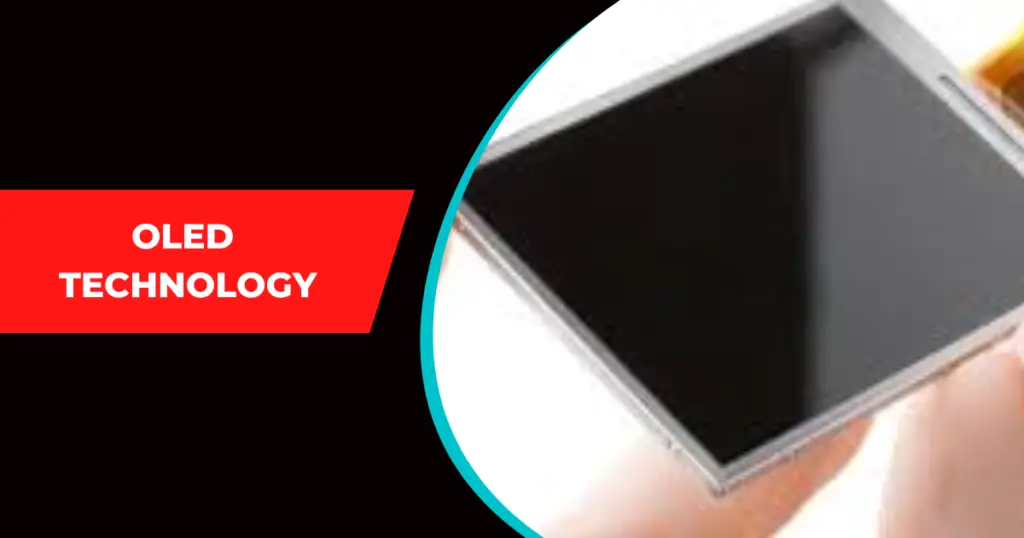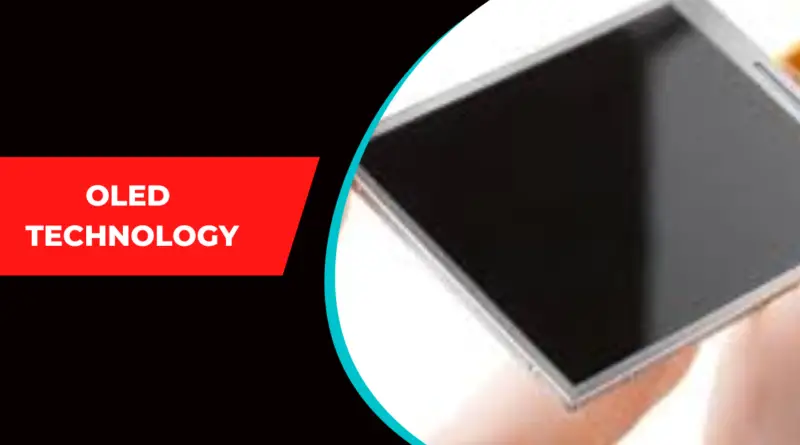Everything You Need to Know About OLED Technology and Its Benefits
What are OLEDs and How Do They Work
OLED (Organic Light Emitting Diode) is a type of display technology that uses organic materials to produce light when an electric current is applied. OLEDs are thin, energy efficient and offer excellent picture quality. They are used in a variety of applications from TVs, to smartphones and even medical devices.
OLED technology works by emitting light when electricity passes through organic materials contained within the display. The organic material emits light when electrons pass through it, producing an image on the display. This technology offers many advantages over traditional LCD displays, such as higher contrast ratios and wider viewing angles. OLEDs also offer improved power efficiency and faster response times than traditional LCD displays.

OLEDs use organic compounds to produce light. Specifically, OLEDs use a type of molecule called a conjugated di-phenylanthrene as the emitter. The device is structured such that the emitted light is confined to a thin film between two electrodes. This confinement allows for very high efficiency in conversion of electrical energy into emitted light, while maintaining an overall small form factor.
There are many benefits from using OLED displays: higher quality image, more efficient power usage, thinner design and higher costs. OLEDs have shown, in laboratory tests and in early industrial products, a wide range of potential applications. These include flexible displays for portable electronic devices such as mobile phones and handheld computers, electronic signs (billboards), vehicle displays, large-area wall-mounted displays for public spaces such as train stations or airports, smart textile display apparel and wallpaper.
OLED technology has also been proposed for use in the space industry where it can be applied to satellites or spacecraft paneling. OLEDs are used mainly in flat panel displays including televisions, computer monitors, portable devices like smartphones and tablet computers.
How does OLED technology work?
OLED (Organic Light Emitting Diode) technology is a revolutionary way of lighting up displays and has been widely used in televisions, smartphones, and other devices. It is a type of display technology that uses organic materials to emit light when electricity is applied. This allows for thinner, lighter, and more efficient displays compared to the traditional LCD displays. OLED technology works by using organic molecules that emit light when an electric current is applied to them. The molecules are arranged in an array on a substrate material, creating a thin film which emits light when energized. This allows for brighter colors and better contrast than traditional LCD displays. OLED technology also has the advantage of being more energy-efficient than other display technologies due to its low power consumption.
What are the advantages of OLED compared to other display technologies?
OLED (Organic Light-Emitting Diode) technology is a new type of display technology that has been gaining traction in recent years. Compared to other display technologies like LCD and LED, OLED offers a number of advantages. These advantages include improved image quality, better color accuracy, thinner form factor, lower power consumption, faster response time and wider viewing angles. OLED displays can also be used in flexible displays which makes them ideal for use in wearable devices. With its many advantages over other display technologies, OLED is becoming the preferred choice for many applications such as smartphones and televisions.
What types of devices use OLED technology?
OLED technology is a type of display technology used in many electronic devices, such as smartphones, tablets, and televisions. It stands for organic light-emitting diode and works by emitting light from an organic material. OLED displays are known for their thin and lightweight design, high contrast ratio, wide viewing angle, fast response time, and low power consumption. Some of the most popular devices that use OLED technology include smartphones, TVs, wearable devices such as smartwatches and fitness trackers, laptop screens, digital cameras and camcorders.
How long do OLED displays typically last?
OLED displays are becoming increasingly popular due to their superior picture quality and energy efficiency. However, one of the biggest questions about OLED displays is how long they typically last. The answer depends on a variety of factors, such as the type of display, the ambient temperature, and how often it is used. Generally speaking, though, most OLED displays can last up to 100,000 hours under normal conditions. This means that if you use your display eight hours a day, it should last around 11 years before needing to be replaced.
What are the main challenges associated with OLED technology?
OLED (Organic Light Emitting Diode) technology is a relatively new and innovative approach to display technology. It offers many advantages over traditional LCD displays, such as higher brightness, better image quality, and lower power consumption. Despite these advantages, there are several challenges associated with OLED technology that must be addressed in order for it to become a viable option for consumer electronics. These challenges include the cost of production, limited lifetime of the displays, difficulty in manufacturing large-scale displays, and potential environmental issues due to the use of organic materials. In this article we will discuss each of these challenges in detail and how they can be overcome.
Are there any safety concerns associated with OLEDs?
OLEDs (Organic Light-Emitting Diodes) are becoming increasingly popular due to their energy efficiency and thin design. However, with the rise of this technology, there are some safety concerns that need to be addressed. OLEDs use organic materials that can emit light when electricity passes through them. As such, there is a risk of fire if these materials are not used or stored properly. Additionally, there is a risk of eye damage from prolonged exposure to the high intensity light emitted by OLEDs. Therefore, it is important for users to be aware of these safety risks and take appropriate steps to mitigate them.
What are the latest developments in OLED technology?
OLED technology has been around for some time, but the latest developments have made it even more efficient and cost-effective. OLEDs are now being used in a wide range of applications such as displays, lighting, and even medical devices. The latest advancements in OLED technology have enabled higher resolution displays with wider viewing angles and improved power efficiency. Additionally, new manufacturing techniques have helped reduce production costs while also allowing for thinner and lighter products. With these developments, OLED technology is becoming increasingly popular in consumer electronics as well as industrial application
How much does it cost to implement OLED technology in a product or system?
OLED (Organic Light Emitting Diode) technology has become increasingly popular in recent years due to its energy efficiency, low power consumption and flexible design. However, the cost of implementing OLED technology in a product or system can vary depending on the complexity of the project and the materials used. Generally speaking, OLED technology is more expensive than traditional LED lighting solutions but offers more flexibility and a longer lifespan. Factors such as size, brightness, type of display, number of colors and power consumption can all affect the cost of implementation. Additionally, there are also other costs associated with purchasing the necessary components for an OLED system such as controllers and drivers.



